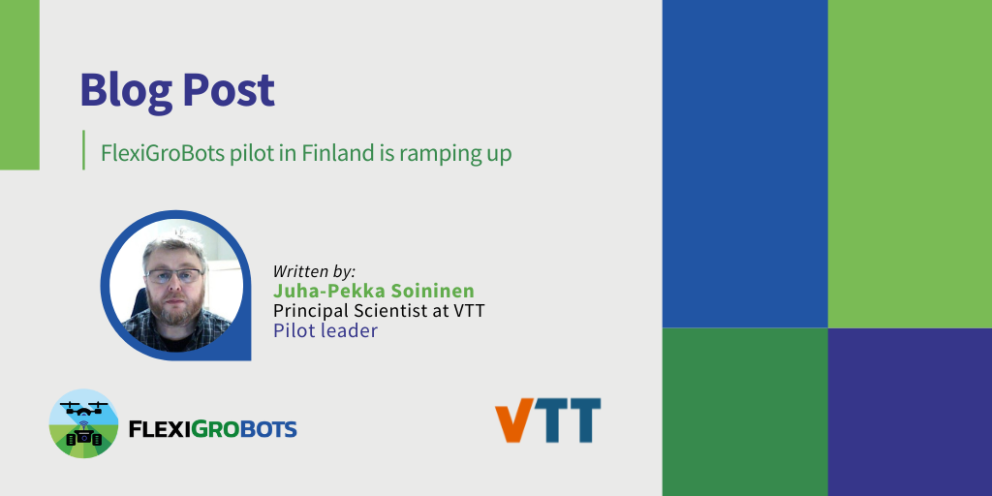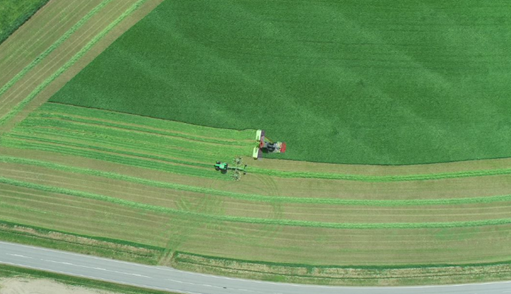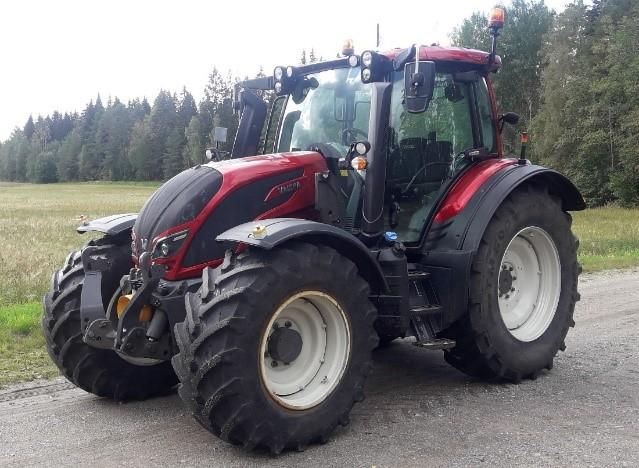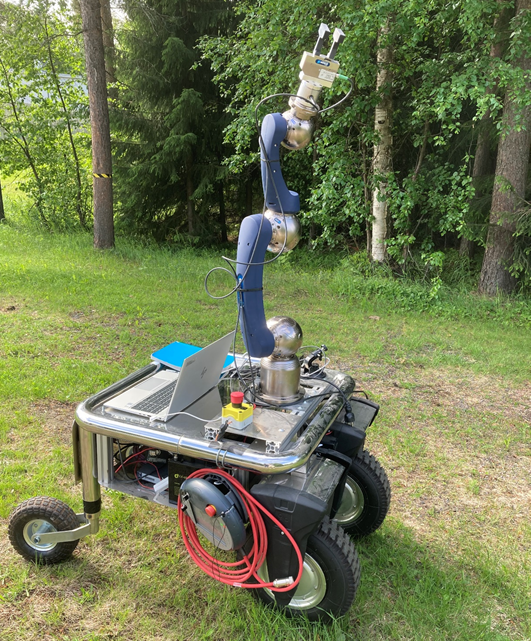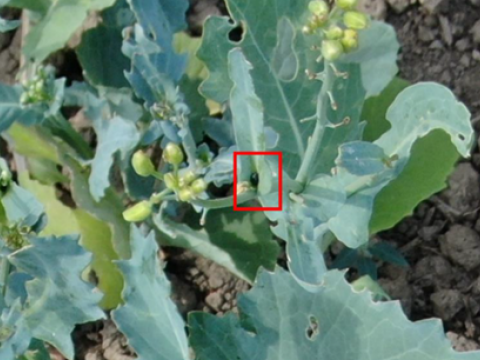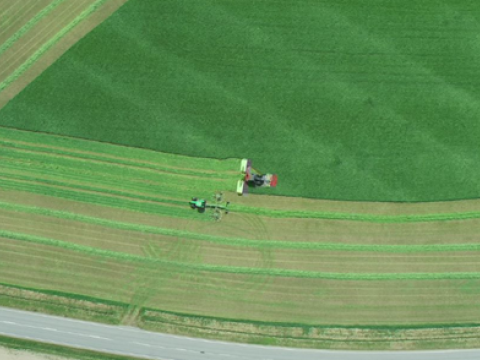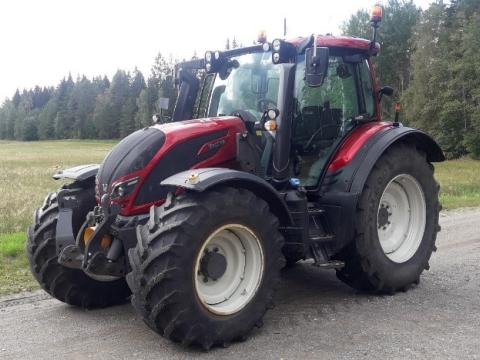Written by: Juha-Pekka Soininen, VTT, Pilot leader
The first year of the FlexiGroBots project is in its final stages. The ambitious goal of piloting AI-driven multi-robot fleets and advanced data space concepts is transforming into concrete experiments and demonstrations that are done in real fields and farms. This transformation is not free from challenges as many of the components and services need to be developed, and the whole idea of what we need to demonstrate must be defined, designed, and implemented as robots, devices, and use cases that show what kind of benefits are coming.
In our pilot, the purpose is to decrease the use of pesticides and environmental load in rapeseed pest management by using AI, autonomous drones, and ground robots. Autonomously flying drones are already existing technology but having AI for the detection of very small pests at the right time of growth period and the execution of precision spraying operations by drone are far from trivial. During the first summer, we have focused on data collection by taking photos of pests using drones. The challenge is that we must go very close to the plants to get accurate photos and if we go close to the ground the airflow of the drone moves the plants and makes photos blurry. This required several experiments, but the first data sets are available for AI training now.
Another target is to automate the weeding of Rumex from grass fields, as the livestock does not like its taste and the land area is wasted. We need to know where the Rumex grows to make the weeding mission efficient. We plan to make a survey mission with drones and use AI-based Rumex detection. This summer the drones were used to collect the data set for AI training.
We are developing a weeding robot. The challenge is that the Rumex like most weeds is difficult to remove from the soil. You need to have a good grip and enough power to pull off the plant. To succeed properly you need to position the tool very accurately to the plant. An excellent challenge for 3D vision and AI. During the first summer, the focus has been on technology development, and the first autonomous driving field trials were done.
The silage harvesting is a task for heavy machinery and the work has focused on making an autonomous field tractor. The first autonomous driving test was done in the summer. The timing of harvesting has a big impact on the quality of silage. The work must be done within a narrow timeframe when the digestibility of the grass is at its peak. We also made progress in defining the processes and in developing methods for them.
The fourth target in our pilot is to demonstrate the benefits of the data space concept.
Typically, in Finland, the utilisation rate of machinery is extremely high in the busiest time of harvesting, led by companies that provide silage harvesting services. Nevertheless, drone services are a new business area. Even though the drone operations are largely automated, the more challenging flight or imaging mission require more robust drones and cameras which are not neccesarily practical to buy to every farm. Autonomous robots, such as a weeding robot is something that you do not need to possess all the time either. Buying the service sounds like a good option.
This will happen even with AI services. They are now high-end services, but as data becomes a commodity, the AI services will be a commodity too, and the competition in their offering will increase.
IDSA data spaces are an answer to the data-sharing needs that the trend to transform everything "as-a-service" requires. Data spaces offer a way to exchange data so that the usage of data remains in the control of the data owner. In our case, the farmer owns the data that is acquired from the fields. Through the data space, he can share the data and create his business network with great control and agility. Currently, we are in the definition and experimentation phase, but the work continues.
Finland’s winter does not allow us to make field operations, but the work does continue in lab environments by pilot partners LUKE (Natural Resources Institute Finland), MTech Digital Solutions Oy, Probot Oy, and VTT Technical Research Centre of Finland. So that we are ready for additional data collection, improvement of services, and testing of more complete robot systems in the next summer.
